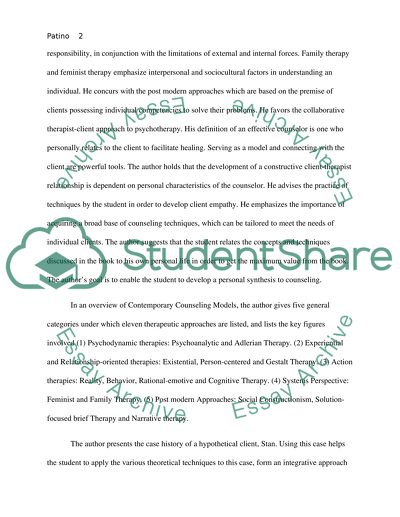Cite this document
(“The Counselor:Person and Professional Essay Example | Topics and Well Written Essays - 2250 words”, n.d.)
Retrieved from https://studentshare.org/psychology/1441650-for-chapter-one-introduction-and-overview-chapter
Retrieved from https://studentshare.org/psychology/1441650-for-chapter-one-introduction-and-overview-chapter
(The Counselor:Person and Professional Essay Example | Topics and Well Written Essays - 2250 Words)
https://studentshare.org/psychology/1441650-for-chapter-one-introduction-and-overview-chapter.
https://studentshare.org/psychology/1441650-for-chapter-one-introduction-and-overview-chapter.
“The Counselor:Person and Professional Essay Example | Topics and Well Written Essays - 2250 Words”, n.d. https://studentshare.org/psychology/1441650-for-chapter-one-introduction-and-overview-chapter.


